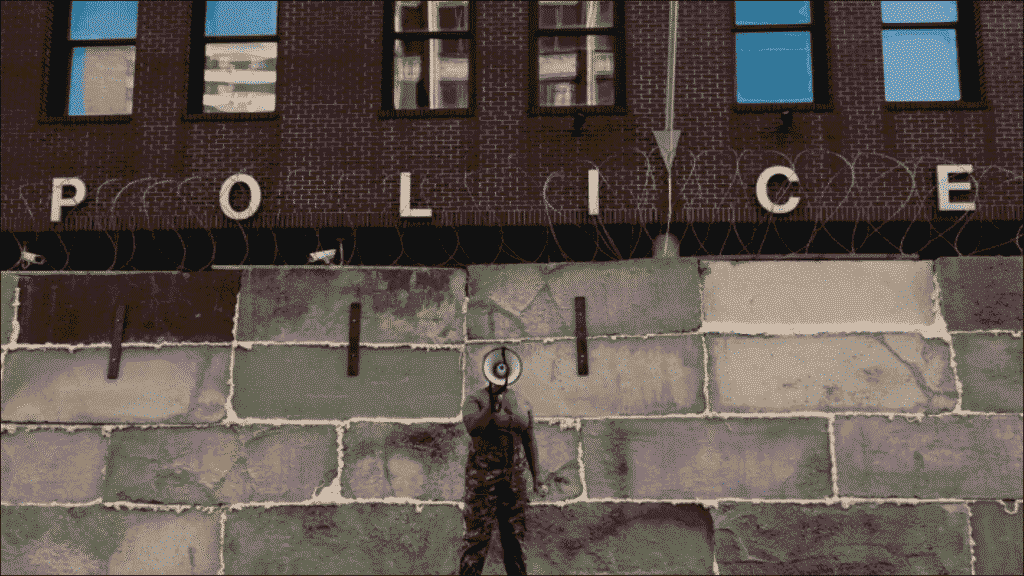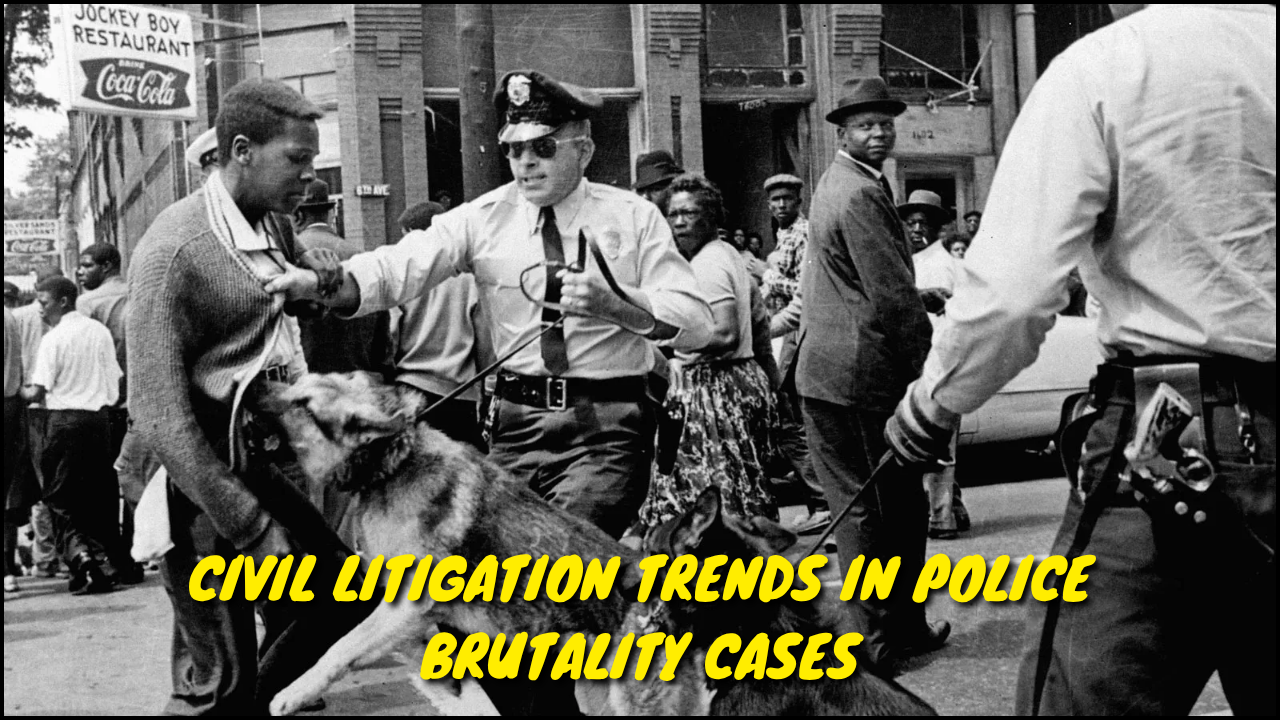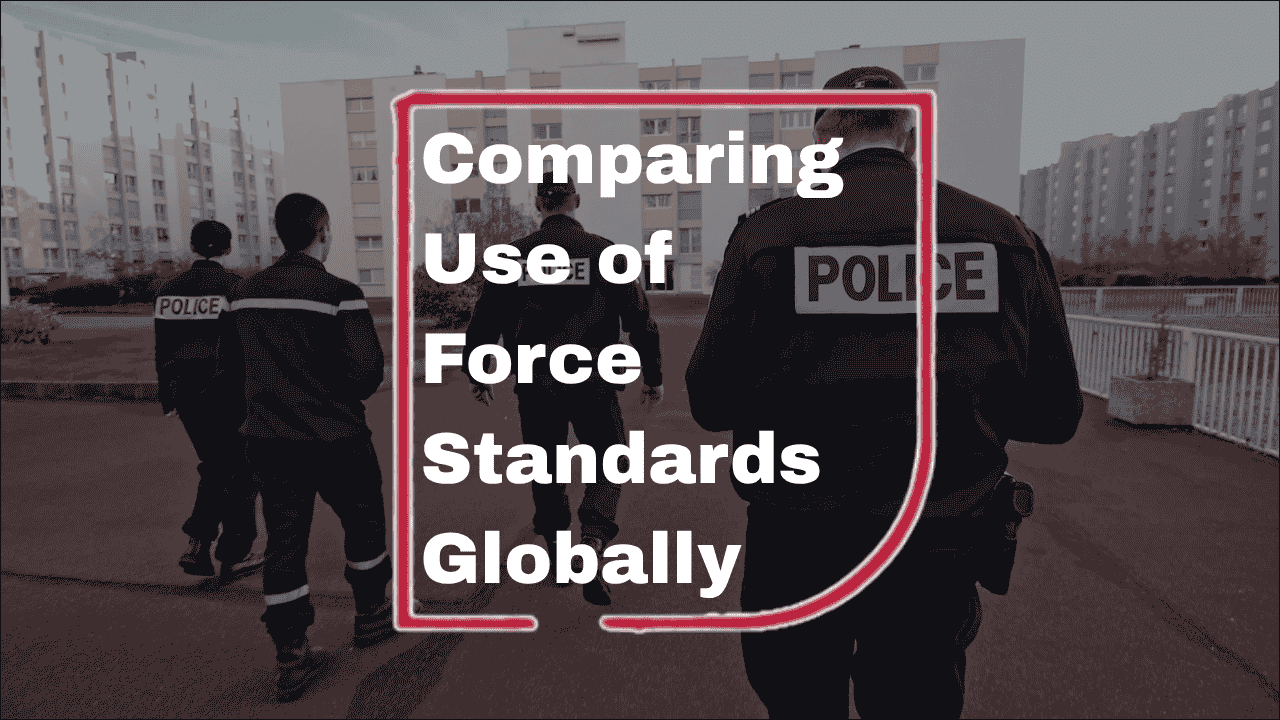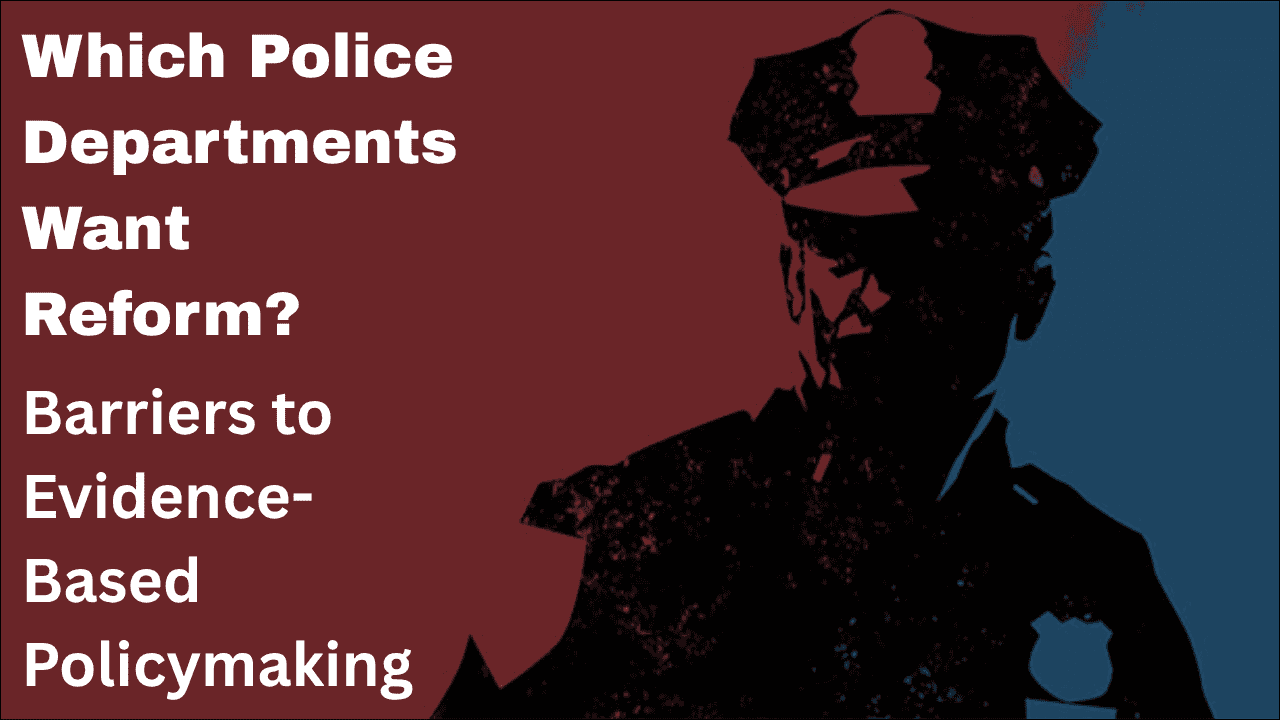
The debate around police reform has intensified in recent years, especially following global protests against police brutality and systemic racism. Numerous policymakers, activists, and citizens have called for reformation strategies ranging from body cameras to community policing. However, a growing number of critics argue that the concept of police reform may be fundamentally flawed. This article examines the deeper structural issues in policing, evaluates proposed reform models, and highlights why some believe reform merely patches over a system that requires a radical rethinking rather than adjustment.
Table of Contents
Key Arguments Suggesting Police Reform is Fundamentally Flawed
- Historical Foundation of Policing: Policing in many countries, including the United States, originated from institutions designed to enforce social hierarchies, such as slave patrols or colonial law enforcement systems.
- These historical roots impact the modern-day practices and attitudes embedded within the policing structure.
- The systemic bias and aggression seen today can be traced back to these origins, suggesting that surface-level reform may not address foundational injustices.
- Resistance to Accountability: Police departments have often resisted accountability measures.
- Internal investigations often result in no significant penalties.
- Police unions frequently shield officers from consequences.
- Body camera footage is sometimes withheld or misrepresented.
- Failure of Previous Reforms: Repeated reform efforts have failed to produce meaningful change.
- Community policing, de-escalation training, and body cameras have not substantially reduced police violence or racial bias.
- The persistence of misconduct despite reform implies deeper systemic issues.
- Culture of Militarization: A militarized approach to law enforcement contradicts reform goals.
- Use of military-grade weapons and tactics escalates rather than de-escalates conflict.
- This culture reinforces an “us vs. them” mindset detrimental to community trust.
- Misallocation of Responsibilities: Police are frequently tasked with roles they are not trained for.
- Mental health crises, substance abuse, and homelessness are addressed through force rather than care.
- Reform does not reallocate resources to appropriate service providers.
Common Police Reforms vs. Actual Outcomes
| Police Reform Strategy | Intended Outcome | Observed Outcome |
|---|---|---|
| Body cameras | Increase transparency and accountability | Mixed results; footage often withheld or edited |
| De-escalation training | Reduce use of force | Limited long-term behavioral change |
| Community policing | Build trust with communities | Rarely implemented in meaningful ways |
| Civilian review boards | Enhance oversight of police actions | Often lack enforcement power or access to data |
| Early warning systems | Identify problematic officers early | Poorly maintained databases and weak follow-up |
The Illusion of Progress
- Symbolic Changes: Surface reforms can give the illusion of progress without altering the power dynamics.
- Minor adjustments serve as public relations tools rather than genuine change.
- Reforms may temporarily pacify public outcry without reducing harm.
- Budget Expansion Rather Than Reallocation: Many reforms are used to justify increases in police budgets.
- Technology upgrades and training programs consume more funding.
- Core demands of many communities — housing, education, and healthcare — are neglected.
- Ingrained Culture of Violence: Training alone cannot change a culture where aggression is rewarded.
- Promotions and recognition often go to those with high arrest rates.
- Officers are socialized into adversarial roles against the public.
Indicators of Systemic Resistance to Reform
| Indicator | Example/Detail |
|---|---|
| Low prosecution rates for brutality | Officers rarely charged, fewer convicted |
| High recurrence of abuse cases | Known repeat offenders remain in active duty |
| Lack of federal oversight | Local departments often operate without external review |
| Court doctrines like “qualified immunity” | Legal protection makes lawsuits against police difficult |
Alternative Perspectives: Abolition or Redesign
- Abolition Movements: Many activists advocate for police abolition rather than reform.
- Resources should be diverted to social services that prevent crime.
- Community-based alternatives to policing are proposed.
- Public Health Approach: Crime prevention is reframed as a public health issue.
- Investment in early childhood education, mental health care, and poverty alleviation shows greater success in reducing crime.
- Structural inequality, not individual behavior, is the root cause of most criminal activity.
- Restorative Justice Models: Conflict resolution can occur without police intervention.
- Victim-centered approaches focus on healing and accountability.
- These methods often reduce recidivism and increase satisfaction.
Alternative Approaches to Public Safety
| Approach | Key Feature | Benefits |
|---|---|---|
| Violence interrupters | Trained community members mediate conflicts | Decreases retaliatory violence |
| Mobile crisis units | Mental health professionals respond to crises | Reduces fatal outcomes in mental health calls |
| Unarmed traffic patrols | Separate department handles nonviolent offenses | Minimizes escalation during traffic stops |
| Neighborhood accountability boards | Locals address low-level offenses | Enhances community engagement and ownership |
Why Reform May Still Be Pursued
- Political Compromise: Policymakers often propose reform as a moderate solution.
- It allows for public reassurance while avoiding structural change.
- Reform rhetoric can neutralize criticism without delivering justice.
- Public Trust in Incrementalism: Many citizens are hesitant to imagine a society without police.
- Incremental change feels safer and more feasible than total transformation.
- Education and awareness campaigns are needed to shift public’s perspective.
- Complexity of Implementation: Abolition or deep redesign is complex and requires inter-agency collaboration.
- Reform appears to be a more straightforward and faster option.
- Political will and public consensus are difficult to mobilize.
The Bottom Line
Policing reform may seem like a reasonable middle ground in addressing issues of violence, accountability, and justice. However, a closer examination reveals that such reforms often fail to challenge the structural roots of these problems. Historical legacies, entrenched cultures, legal protections, and systemic resistance all suggest that reform may be an insufficient or even counterproductive strategy. A growing body of advocates calls for a complete reimagining of public safety, one that prioritizes human dignity, equity, and community-based alternatives. The question, therefore, is not how to improve the current system, but whether that system is even worth preserving.





